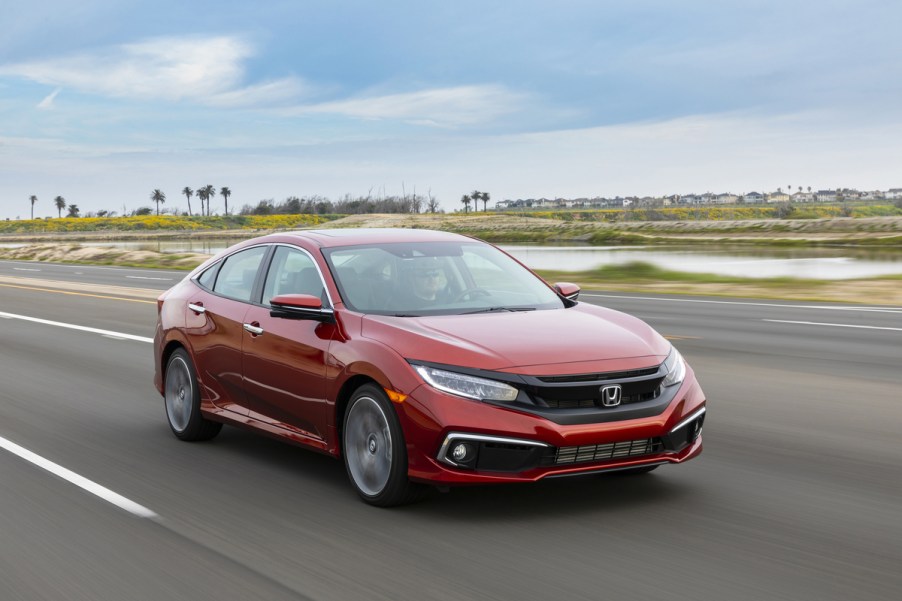
How Much Gas Does It Waste to Let Your Car Idle?
If you’re a frequent city driver heavy traffic and stop lights are costing you fuel. In fact, you may wonder whether it is more fuel-efficient to let your car idle or to shut it off. Well, a Journal of Energy Policy study cited by Engineering Explained found that almost every single American would drastically overestimate how long they should idle before shutting off their car. By understanding exactly how much fuel idling uses versus restarting the engine, you can become a more informed, fuel-efficient driver.
How much fuel does an idling car use?
Despite popular opinion, it actually takes less fuel to restart your car than it does to let it idle. A Journal of Energy Policy study found that, on average, people thought that it was more fuel-efficient to let the car idle for three minutes before shutting it off.
However, by dividing the amount of fuel it takes to start the engine by the amount of fuel the engine uses per second while idling, you can determine how many seconds your engine can idle before it becomes more fuel-efficient to simply shut the engine off. The truth? Idling is only fuel-efficient for approximately seven seconds—after that, it’s better to shut off your engine.
Idling wastes fuel after just a few seconds

Researchers in a 2004 study in the journal of SAE added fuel flow meters to two identical cars. This allowed the researchers to measure the amount of fuel going through the engines. They first analyzed both cars as they idled for 90 minutes. And to see if it made a difference, the researchers put one car in Park and the other in Drive. They found that an idling car consumes, on average, 0.63 liters of fuel per hour. Contrary to popular belief, putting the car in Park did not significantly decrease the amount of fuel wasted.
To determine whether it really takes more fuel to start an engine than it does to let the engine idle, the researchers stopped and started the same engine repeatedly. The goal was to use the same amount of fuel as an engine that idled for 90 minutes. They found that it takes about 1.2 milliliters of fuel to start a 1.5-liter engine—significantly less fuel than would be used if the car was left to idle for several minutes.
Start-Stop technology avoids idling and saves fuel
In the final part of this study, the researchers wanted to determine whether start-stop engines actually saved fuel. They equipped one of the cars with a start-stop engine and left the other one to run with no alterations. They then took both of these cars and drove them along the same routes, making sure to put the vehicles through varying levels of traffic. After completing this experiment, the researchers found that the start-stop car was significantly more efficient. Start-Stop cars used 8.7% less fuel in heavy traffic and four to six percent less fuel in lighter traffic when compared to the car that simply idled.
Don’t let your car idle while parked
Of course, not all engines are the same — larger engines will require more fuel both to restart and to idle. As such, it is logical to apply the study’s findings to many different engines. While it may not be feasible to constantly turn off your car in traffic, there’s no doubt that having an accurate understanding of how much fuel you’re using is beneficial in the long run. As it turns out, idling simply wastes a lot more fuel than you realize.




